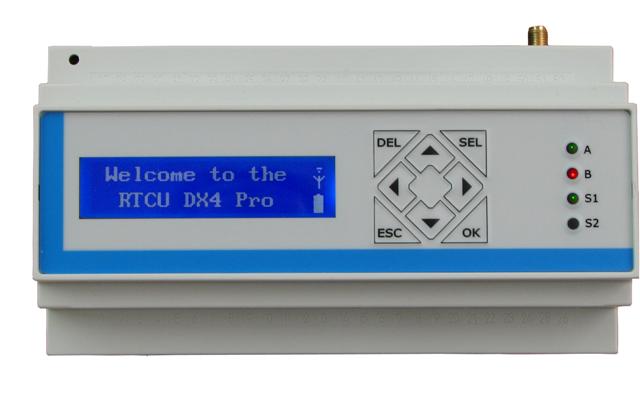
OpenSPAD (Single Photon Avalanche Diode - fotodioda lawinowa do pomiaru pojedynczych fotonów) to otwarty detektor światła, działający na zasadzie zliczania fotonów przez fotodiodę lawinową pracującą w tzw. układzie Geigera z układem aktywnego gaszenia lawiny.
Projekt stworzony został przez elektroników z GaudiLabs [1], jako prosty w wykonaniu detektor zdolny do detekcji pojedynczych fotonów. Zastosowania takich detektorów są ogromne, głównie stosuje się je w nauce - w spektrometrii, mikroskopii, fizyce kwantowej etc. Dzięki temu, że układ ten jest w stanie wykryć pojedynczy foton i dokładnie zlokalizować go w czasie, diody tego typu stosować można także w eksperymentach czasoworozdzielczych, takich jak na przykład TCSPC (Time Correlated Single Photon Counting - czasowo skorelowane zliczanie fotonów) do mierzenia czasów zaniku barwników itp. lub HBT (Hanbury-Brown-Twiss, od nazwisk twórców metody) do korelacji emisji fotonów np. w celu wykrywania źródeł pojedynczych fotonów. O tych metodach bliżej może kiedy indziej. Teraz - kluczowy element - sam detektor fotonów.
Projekt stworzony został przez elektroników z GaudiLabs [1], jako prosty w wykonaniu detektor zdolny do detekcji pojedynczych fotonów. Zastosowania takich detektorów są ogromne, głównie stosuje się je w nauce - w spektrometrii, mikroskopii, fizyce kwantowej etc. Dzięki temu, że układ ten jest w stanie wykryć pojedynczy foton i dokładnie zlokalizować go w czasie, diody tego typu stosować można także w eksperymentach czasoworozdzielczych, takich jak na przykład TCSPC (Time Correlated Single Photon Counting - czasowo skorelowane zliczanie fotonów) do mierzenia czasów zaniku barwników itp. lub HBT (Hanbury-Brown-Twiss, od nazwisk twórców metody) do korelacji emisji fotonów np. w celu wykrywania źródeł pojedynczych fotonów. O tych metodach bliżej może kiedy indziej. Teraz - kluczowy element - sam detektor fotonów.

































